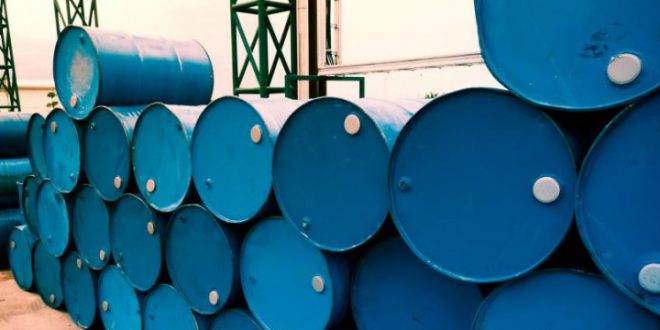Confident of higher oil prices and improved outlooks for global markets. Iran may plan its budget for the fiscal 2018-19 based on a crude price of $55 per barrel. the spokesperson of Majlis Energy Commission said.
OPEC and 10 other producers. led by Russia. agreed in Vienna. Austria. on Thursday to extend a crude-supply cut deal from March 2018 up to the end of that year. reaffirming efforts to reduce global inventories and push prices higher. The decision. which has helped oil trade above $60 a barrel in recent weeks. is encouraging the No. 3 OPEC producer to calculate oil in the next fiscal more confidently. albeit prudently.
“I think that oil will be based around $55 in next year’s budget. unless something extraordinary happens. such as a political issue or [unexpected rise in] shale oil production.“ Asadollah Qarekhani was also quoted as saying by ISNA on Saturday.
The next fiscal year starts on March 21. 2018. Iran has not announced the oil price in budget for the present fiscal. but according to government spokesperson. Mohammad Baqer Nobakht. it is between $50 and $55 a barrel.
The government conventionally proposes its budget bill to parliament in December.
The $50-55 crude can be considered an overestimation. as oil was trading at around $50 at the beginning of Iran’s present fiscal in March amid skepticisms about the success of output cuts and the producers’ level of compliance.
The $55 crude is a conservative estimate. International benchmark Brent is trading at $63 a barrel. That is $8. or nearly 13% higher than the $55-per-barrel scenario for crude oil through the fiscal year ending in March 2019.
“OPEC’s decision shows the group still has a special role to play in global oil markets.“ Qarekhani said.
Iranian Output. Revenue
Iran has agreed to pump no more than 3.8 million barrels a day under the current scheme. almost on a par with levels it produced before its key oil industry was hit by international sanctions imposed over its nuclear program.
The country exports 2.6 million barrels per day of crude oil and condensates. Iran is estimated to generate over $50 billion at $55 oil and export at the same rate during the fiscal 2018-19.
But officials said in Vienna that the terms of the deal could change if prices go too high. a situation which would prompt producers outside of the deal. particularly the US shale industry. to pump more and weigh down the prices.
The agreement. aimed at reducing supplies by 1.8 million barrels a day. was previously extended from the middle of this year by nine months. Nigeria and Libya. previously exempt from the cuts due to internal conflicts. also see production caps under the extension agreement.
Oil crashed to its lowest levels in over a decade in February 2016 from a high of $115 a barrel three years ago. prompting OPEC’s de facto leader Saudi Arabia and world’s top producer Russia to form a rare alliance to lift prices.

 Iran Energy News Oil, Gas, Petrochemical and Energy Field Specialized Channel
Iran Energy News Oil, Gas, Petrochemical and Energy Field Specialized Channel



